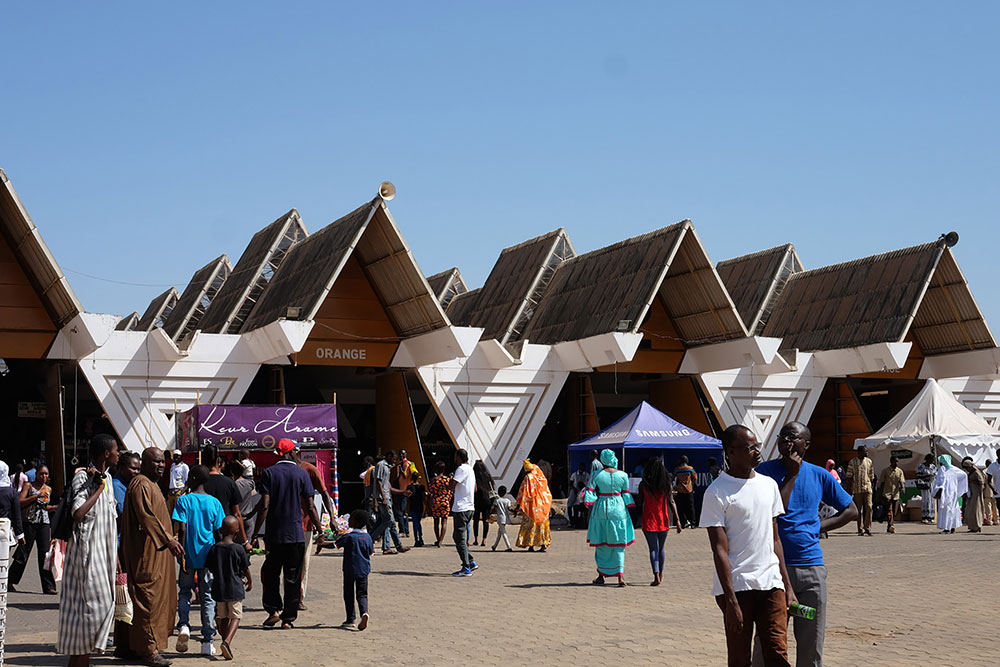
Most of my students are not art historians or artists. But all of them live in a media-saturated world; all are consumers and producers of media in some form. Most come into class knowing vaguely that art expresses feelings, but I want them to leave knowing that art acts in social and historical settings (including the setting of our classroom).
Learning to look closely, to ask how we know what we know, and to draw connections between works and their contexts—the art historical skill set is relevant in many settings. To imaginatively engage with the worlds of art, I introduce music, films, popular media, and primary source and ethnographic readings. With my feet in the so-called non-western traditions, I approach art history, even the big surveys, as a series of encounters among peoples, cultures, and eras. I use guided discussion, comparative analytical exercises, and creative course materials that develop rich context to equip students to engage the unfamiliar with openness and sensitivity.
At Indiana, I taught an introductory African art course as well as Western art history surveys. I'm developing courses on themes including art in film, recycling, critical fashion, material and meaning in African and diasporic art, and African art and museology.